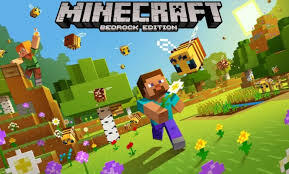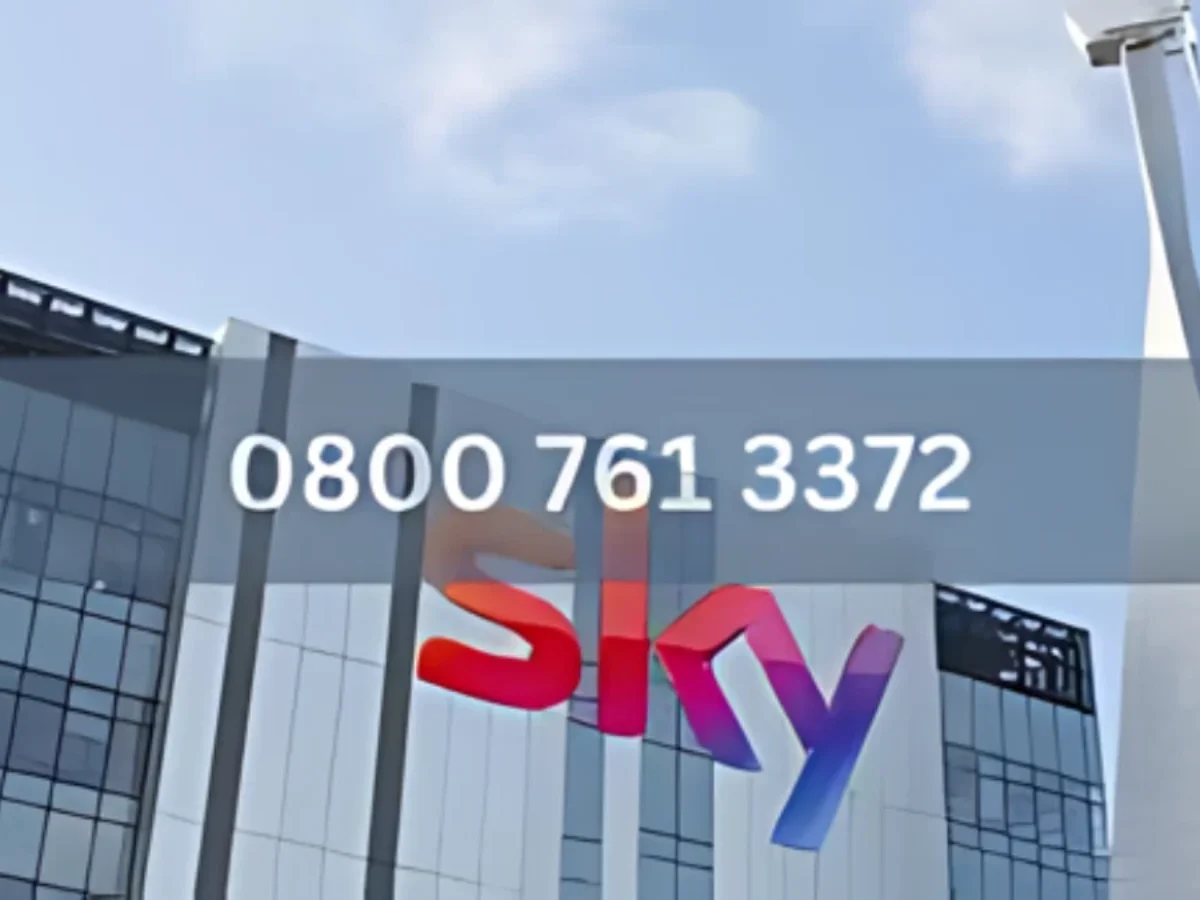
Minecraft 2009 Game Icons Banners A Journey Through Visual Evolution
When Minecraft was first introduced in 2009, no one could have predicted its massive success. Developed by Markus “Notch” Persson, Minecraft quickly captured the imagination of gamers around the world with its unique blend of survival, creativity, and sandbox-style gameplay. One of the critical elements that have played a vital role in Minecraft’s evolution is its iconic visuals, including the game icons and banners that have become synonymous with its brand. This article will dive deep into the history of Minecraft 2009 game icons banners, exploring their evolution, significance, and creative role within the Minecraft community.
The Iconic Beginnings of Minecraft (2009)
The Birth of Minecraft
Minecraft was launched in 2009 in its alpha version and has undergone significant changes since. In the early days, its graphics were simple but charming, characterized by blocky, pixelated designs that have since become iconic. The game’s minimalist approach was a departure from the hyper-realistic graphics that were becoming popular at the time. However, this simplicity allowed players to focus on the game’s core aspect: creativity.
One of the essential parts of Minecraft’s branding during its early years was the game icon. Released in 2009, the icon reflected Minecraft’s simplistic yet unique identity. The first icon was a block of grass, symbolizing the game’s focus on construction, world-building, and nature. It has since become one of the most recognizable icons in gaming history. This 2009 game icon is still fondly remembered by the Minecraft community as a symbol of the game’s humble beginnings.
Minecraft Banners: Customizing the Experience
In addition to the Minecraft 2009 game icons, another key aspect of Minecraft’s visual language has been its banners. Banners in Minecraft are decorative blocks that players can customize and place within their game worlds. First introduced in the game’s 1.8 update in 2014, banners allowed players to express themselves creatively by designing flags that could feature a wide variety of colors, patterns, and designs. These banners became popular tools for personalizing bases, marking territories, or simply adding a bit of flair to Minecraft worlds.
Though banners were not part of the original Minecraft 2009 release, their addition expanded the ways players could interact with the game’s visual elements. The creativity sparked by the customizability of banners gave rise to an entirely new element of the game—designing symbols that would represent factions, clans, and individual players.
Evolution of Minecraft Game Icons
From Grass Block to Global Icon
The Minecraft 2009 game icons represent the core simplicity that made the game popular. As the game grew in popularity and expanded into new platforms like Xbox, PlayStation, and mobile, its icons evolved to match the modern gaming landscape. However, the spirit of Minecraft’s early design always remained the same.
Despite the game’s graphical updates, many aspects of the original 2009 grass block icon remain intact. The combination of nature and creativity is still at the heart of the game’s visuals. Over time, subtle changes like 3D shading and higher resolution were introduced, modernizing the icon while maintaining its instantly recognizable appearance.
The Impact of Banners on Player Creativity
Minecraft banners introduced a new visual element that expanded how players could personalize their in-game worlds. Banners offer endless possibilities for customization, with up to six different layers of patterns and designs. These banners became essential for defining Minecraft’s multiplayer culture, where players could form groups or guilds, each with its own unique banner representing their identity.
Banners also play a role in PvP (player vs. player) matches, often serving as markers for different factions. Some players even use banners as a way to immortalize significant in-game events, building museums or monuments with unique banner designs that tell a story of their Minecraft adventures.
The Significance of Game Icons and Banners in Minecraft
Both Minecraft 2009 game icons and banners serve as more than just decorative elements—they are a core part of the Minecraft experience. The game icon, particularly the grass block from 2009, is a symbol of the game’s philosophy. Minecraft has always been about starting with something simple and creating something extraordinary from it. Similarly, banners empower players to inject their personalities into the game, making each Minecraft world unique.
In a sense, the evolution of Minecraft icons and banners mirrors the evolution of the game itself. From humble beginnings to a global phenomenon, Minecraft has grown and adapted while always staying true to its core principles: creativity, exploration, and endless possibilities.
FAQs about Minecraft 2009 Game Icons Banners
1. What was the original Minecraft game icon in 2009?
The original Minecraft game icon released in 2009 was a simple pixelated block of grass, representing the game’s core themes of construction, creativity, and nature.
2. When were banners introduced in Minecraft?
Banners were introduced in Minecraft with the 1.8 update in 2014, five years after the game’s initial release in 2009.
3. Can players customize banners in Minecraft?
Yes, players can customize banners in Minecraft using a variety of colors, patterns, and symbols, allowing for endless creative possibilities. Banners can also be combined with shields or used as markers in the game world.
4. How have Minecraft game icons changed over the years?
While the original 2009 grass block icon remains the foundation, Minecraft’s game icons have evolved with subtle enhancements like higher resolution and 3D shading to fit modern gaming standards.
5. Why are banners significant in Minecraft?
Banners in Minecraft serve as a creative outlet for players, allowing them to personalize their worlds, represent factions, and even commemorate important events within the game.
Conclusion
The Minecraft 2009 game icons banners have played a critical role in shaping the visual identity of Minecraft. From the simple grass block icon of 2009 to the fully customizable banners that allow for limitless creativity, these visual elements have not only enhanced the game’s aesthetic appeal but also enriched the player experience. As Minecraft continues to evolve, its game icons and banners will likely remain central to the game’s enduring appeal, standing as symbols of the creativity that lies at the heart of this groundbreaking game.

